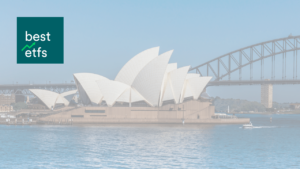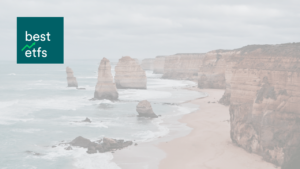James Dunn takes a close look at what’s driving credit-focused Listed Investment Trusts (LITs) during COVID-19, and if there are any opportunities remaining.
Of the many opportunities that were thrown up by the Covid-19 Crash, one of those that is still open – although weakening by the day – is that in the eight credit listed investment trusts (LITs).
Most of this group were trading at small premiums to net asset value (NAV) prior to the crash, such was the demand for income. The credit LITs offer exposure to a parcel of corporate debt (and possibly bonds) with the promise of much higher yields than cash in the bank and with better capital protection than dividend-paying shares.
Most of the funds are active in the private debt market, which refers to loans extended to companies by non-bank lenders. Being listed, the LITs are easily tradable, which is usually not the case with the underlying investments. Investors receive a monthly distribution, usually at a floating rate based on a margin above a benchmark rate, such as the Reserve Bank of Australia’s cash rate.
However, the LITs were thrown out with the bathwater in February-March, slumping to hefty discounts.
Like several kinds of asset class in the crash, the bid/ask spreads blew out massively, primarily, it seems, because of an absence of buyers – reflecting the absence of buyers in the public-traded debt market as well. Volume in the LITs as they fell was low. It was neither a reflection of the asset class nor the investment strategy, but there the discounts were.
“Listed assets bore the brunt of the selling, but what the discounts tell you is that anything that is not plain-vanilla equity, investors don’t seem to appreciate,” says Rodney Lay, senior analyst at Independent Investment Research. “It threw up exceptional income opportunities, which stand in stark contrast to equities, where there is so much dividend risk.”
Lay says the wide discounts showed that investors did not appreciate that these strategies can perform quite well coming out of the market dislocation – of the LITs engaged in private debt strategies, most engage in first-lien senior secured debt only. First-lien senior secured debt ranks ahead of any other type of debt in the capital structure in terms of priority of payment and security on assets and cash flows, and reflects a strategic emphasis by these managers on lower credit risk, rather than stretching for yield. Where second-lien debt is included in a mandate, those managers are investing on a highly selective basis.
The LIT managers generally have a very proactive approach to structuring and managing credits with respect to covenants, controls, security, LVRs, and other protections. The managers generally facilitate this by being either the sole-lender or, in the case of syndicated corporate loans, being the lead or co-lead lender. This provides for greater transparency and deal control, with the potential to structure more favourable pricing, collateral, covenants, and other credit terms – as well as having greater control and influence in the event of a default and potential recovery/workout situation.
With yields where they were prior to the slump, the discount is giving rise to some attractive running yields, says Lay – but these are lessening as the discounts close.
But in a low-income environment, with heightened risk to equity dividend expectations, there may some interest in some of the following yields, with the prospect of the discount closing – or even returning to premium:
| Stock | Current price ($) | 2020 Low price ($) | NAV ($) | Discount to NAV (%) | Rise since Low (%) | Discount at Low (%) | Distribution ($) | Running yield (%) |
| GCI | 1.75 | 1.3 | 2.00 | 13 | 35 | 35 | 0.08 | 4.53 |
| KKC | 1.78 | 1.25 | 2.13 | 16 | 42 | 41 | 0.21 | 11.82 |
| MOT | 1.68 | 1.28 | 2.02 | 17 | 31 | 37 | 0.12 | 7.14 |
| MXT | 1.88 | 1.26 | 2.08 | 10 | 49 | 39 | 0.09 | 5.04 |
| NBI | 1.69 | 0.94 | 1.82 | 7 | 80 | 48 | 0.11 | 6.39 |
| PCI | 0.955 | 0.65 | 1.05 | 9 | 47 | 38 | 0.04 | 3.89 |
| PGG | 1.65 | 1.09 | 1.68 | 2 | 51 | 35 | 0.09 | 5.15 |
| QRI | 1.37 | 1.03 | 1.60 | 14 | 33 | 36 | 0.10 | 7.14 |
On the ASX, the BetaShares CRED ETF (ASX: CRED) and Active Australian Hybrid ETF (ASX: HBRD) are among the more popular credit-related ETFs.
James Dunn is a senior writer for Inside Investor.
[ls_content_block id=”695″ para=”paragraphs”]




